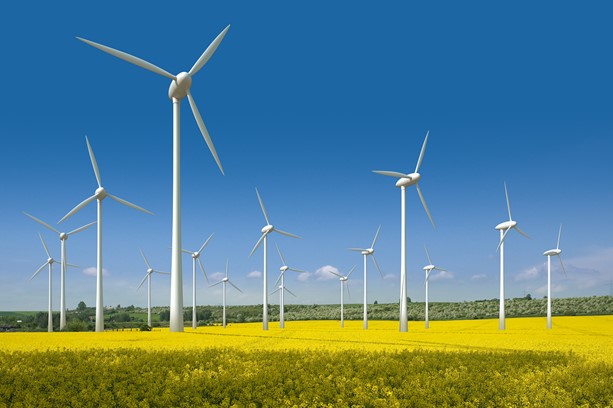Wind Energy: A Transforming Utility Across the Globe
Wind Energy: A Transforming Utility Across the Globe

Have you ever driven to another state? If so, you’ve probably seen plenty of wind turbines along the way. Wind turbines are the main structure used to create wind power in the United States. Wind power is a developing natural and efficient system to produce electricity. Wind power is crucial to the future of industry because it is a form of renewable energy.
Renewable energy sources are ones that can be naturally replaced over time. Other types of renewable energy include:
- Solar
- Biomass
- Geothermal
- Wave
- Hydropower
Wind power has played a huge role in transportation, agriculture, mass production, and utilities. Because of its low maintenance and cost efficiency, utilities have taken this renewable energy source under their wing. About 40% of all electric suppliers utilize wind power to collect electricity for their consumers. Wind power keeps electric rates low for several utility companies across the globe. Utilities manage their wind power sources through 328 feet wind turbines.
To simplify the idea of how a wind turbine works, think of a fan. A fan uses electricity from your household to generate cooling wind. Wind turbines are the complete opposite. Turbines use natural wind to generate power. This circular motion of the blades creates mechanical energy which is turned into electricity through a generator. Although this process seems simple, many more factors are engineered into the final design of a suitable wind turbine.
Wind turbines have both environmental and economic advantages that benefit both the producer and consumer. Utilizing wind power reduces air pollutants, CO2 emissions, and greenhouse gas emissions. The wind turbine building process creates several jobs including: surveyors, engineers, construction workers, and manufacturers. Most importantly, wind energy generates electricity of high magnitudes naturally and efficiently. According to the American Wind Energy Association, “Wind produced over 190 million megawatt-hours (MWh) in the U.S. last year, enough electricity for about 17.5 million typical U.S. homes.” This number will only continue to grow in the future.
The U.S. Department of Energy (DOE) is pushing to report 20% wind energy contribution by 2030. This proposal will require enhanced infrastructure and increased turbine installations. While this may be difficult to conquer, there are several benefits to adhering to this plan as stated above. Wind power is environmentally friendly and renewable for future generations.
CEDARVILLE Engineering Group, LLC (CEG) supports all-natural alternative energy sources like wind power. Call us at 610-705-4500 or email info@cedarvilleeng.com to find out more.
By: J. Auerbach
What can we do for you?
Address: CEDARVILLE Engineering Group, LLC 159 E. High Street, Suite 500 Pottstown, PA 19464 Phone: 610-705-4500 Fax: 610-705-4900 info@cedarvilleeng.com